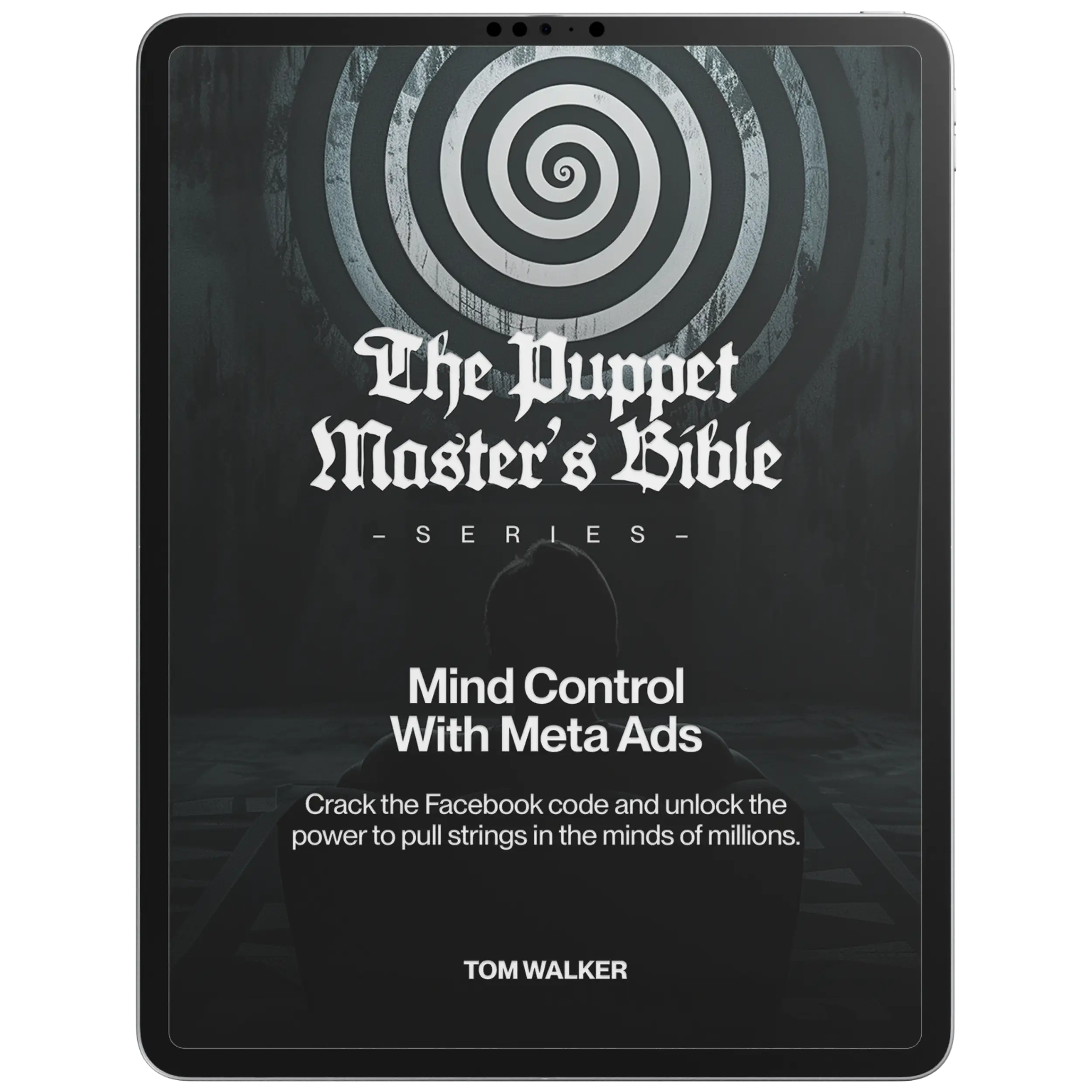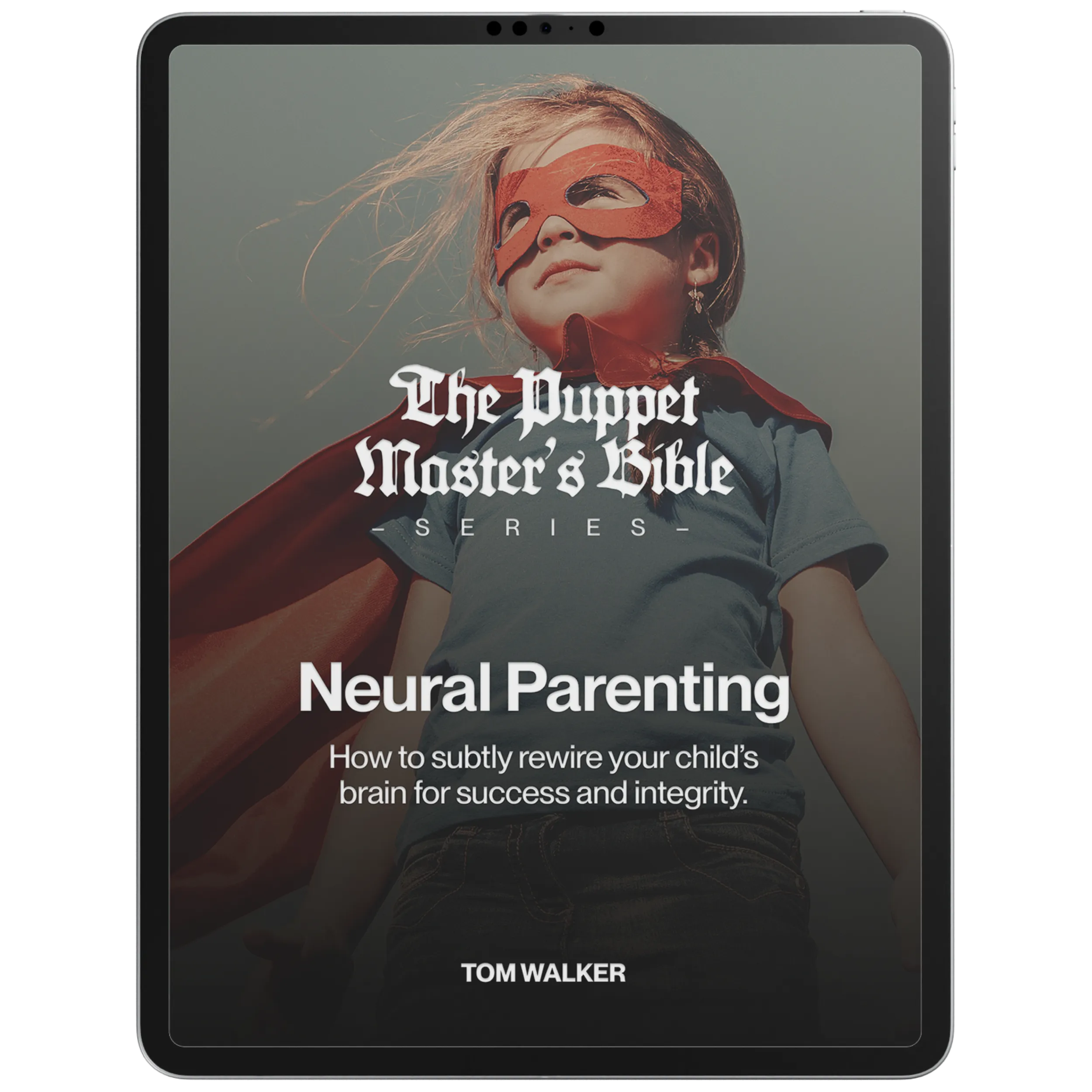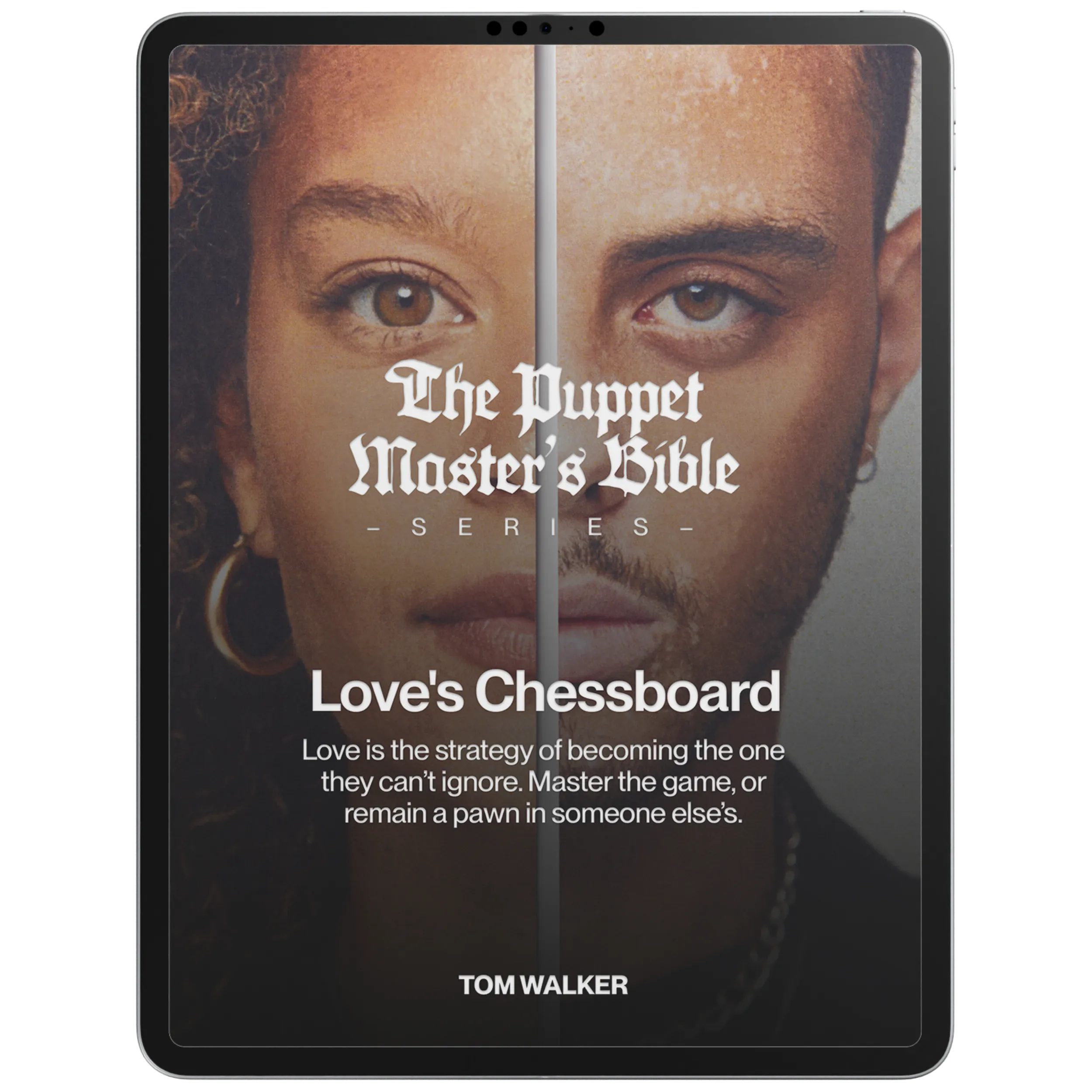Persuasion is an art form. Of course, there’s a dark art to it as well, but we’re warriors of the light and our intentions are good. With our positive intention set, this is a crucial step for the Hero to know victory is possible. Maybe deep in their core, they knew success was attainable, but didn’t fully believe how possible it is. The strategy of persuasion is where you align all arrows to point to victory!
When someone tries too hard to persuade you, how do you feel? Perhaps you feel uneasy, anxious, even skeptical as to why this is “too good to be true?” Also if the way forward feels complicated, it’s easy to feel overwhelmed and find reasons to not move forward. The key to persuasion is simplicity.
The steps for implementing an encouraging, persuasive strategy will boost their confidence to make the best choice today for victory in their future. This is how I think about the strategy of persuasion: I’m inspiring the Hero in the present to choose to evolve into the Hero of the future.
It's important for the Hero to fully commit to the transformation. Like all great battles in history, each side needs to know the terrain, but the force that has a better, nuanced understanding of the environment significantly increases their odds for victory. You’ve done the analysis, you know every rough surface, crack, obstacle, and weed along the path, now it’s time for the moment of inspiration that makes the Hero’s momentum feel unstoppable.
The strategy, a simple three steps, moves the Hero, and yourself, toward victory.
#1 - Captivate
Attention is the most important currency in the chaos of the digital economy. Holding a person’s attention is critical, but it's a tough step. Like we’ve discussed, there are so many different things competing for the Hero’s attention at any given moment that just engaging them isn’t enough. The key is ensuring that everything you present to them applies to them. When you captivate your Hero’s attention, they should not only be interested, but they should feel more confident in themselves, even excited about the prospect of the future. To captivate them, your interaction needs to feel like a conversation.
I practice yoga. I practice regularly even when traveling. I’ve noticed my experience can differ based on the instructor. The best yoga teachers use cues and language that personalizes the practice for me. I might be in a room full of people, all practicing yoga, but when the teacher uses “your” instead of “we,” “our” or “the” my practice feels more personal.
While it seems small, there’s a very different feeling between saying “lift the left leg” and “lift your left leg.” This subtle word difference has the ability to hold each person’s attention in the present moment which isn’t any easier just because they’re on a yoga mat. When you get on your mat, the thoughts don’t automatically stop, the to-do list doesn’t magically pause. When the practitioner cues in a personal manner, my presence and attention are focused.
Your interaction with the Hero needs this personal aspect. If they can’t identify how the data relates to them, they’re less likely to be persuaded to fully commit. If they don’t feel a confidence boost from your interaction, they might not continue down the path with you. We live in a personalized economy and world. Every person wants to be seen for who they are, what they want, what they like, and so on. The Hero needs to feel they are being spoken to directly. This is the crux of captivating them.
Spotify is able to capture the attention of their users on a daily and yearly basis. As Spotify gets to know you, they catalog the type of music you listen to on certain days at certain times. Once they have enough data, their DJ feature will create custom lists for your listening enjoyment. At the end of the year, Spotify produces a “Spotify Wrapped” which breaks down what, who, and how much you listened over the year, giving you an intimate snapshot into your music tastes. You could listen to music on any number of platforms, but these personal touches captivate their subscribers, which is why Spotify’s streaming market share is 30.5%.
Once you have their attention, now it’s time to overtly encourage them.
#2 - Encourage
Have you ever felt encouraged by someone and paused to determine if they genuinely believed in you or had their own agenda? Yeah, it doesn’t feel good, right?! Encouragement is a significant component to persuasion, but it must feel genuine.
There will be moments where you’ll need to encourage them to stay on their journey. This comes down to knowing them and what they need. This is where you lean into your experience and communicate in a way that resonates with them.
Encouragement factors into presenting the right new information, dissuading their biggest fears, and stoking the fire of self-belief. Encouragement, in regards to persuasion, is “help or stimulate (an activity, state, or view) to develop.” SInce the beginning you’ve encouraged them on this journey, but now you’re encouraging them to believe in their development which is incredibly powerful for achieving this victory and many more in the future.
Have you noticed a difference in your ability to think clearly when someone says something positive? What about if someone says something negative? There’s a markedly different reaction in our brain between the two. Of course, you’ll never intentionally say something negative to your Hero, but remember to use language that’s positive and resonates with their perspective.
When a human has a positive thought, their brain does amazing things, like improve their ability to think and analyze incoming data, increase their focus, problem solve quicker, enhance their creativity, and improve their cognition. If they perceive a negative thought, they can be completely derailed.
IKEA does a great job with tailoring marketing to their local customers. While IKEA is synonymous with affordable, space saving and enhancing furniture, they realize their roots might not be easily conveyed in certain parts of the world. When IKEA opened their store in Penang, Malaysia, they built a local marketing campaign around the local dialect through play on words to convey the benefits of their products. This captured the audience’s attention and encouraged a new population that IKEA understands them. IKEA could’ve come in with the same Swedish marketing vibe, but had the foresight to meet their new customers in a more authentic way. Why wouldn’t people be encouraged to shop there when IKEA is promoting their culture?
Without overtly persuading people to shop at their store, IKEA managed to be persuasive. For them, the first two steps in the strategy of persuasion are the most critical because the last step, they already have an established reputation for. The final step is to illustrate how your product/service makes your Hero’s life better.
#3 - Illustrate
When you think about the brands you use, the companies you trust to solve a specific problem, you know their product enhances some aspect of our life. If the product didn’t work or deliver on its promises, you would’ve chosen a different company to solve your problem.
As an entrepreneur, you must, absolutely must, be able to clearly demonstrate how your product is right for them. Any ambiguity or hiccups can be the difference between building long term success or an epic, quick failure.
The illustration you create needs to very clearly address how it defeats the villains. This is the time to be confident and crystalize how your business conquers known villains and obstacles easily. This step might be difficult because it’s the main moment when your humility takes a small step to the side and your self-belief takes center stage. This might be difficult and uncomfortable for you, but this is where your confidence influences their confidence even more.
You’re planting your “confident brand” flag. You know what your business has to offer. You’ve laid a strong foundation to deliver a solution to your customers. You know your solution is needed. While you don’t want to come across as arrogant or full of yourself, you need to be confident and assured about your value.
Trader Joe’s, the grocery chain, does a great job of illustrating their value without being over the top. Their strategy is “to provide everyday low-cost items to college students or sophisticated consumers that are interested in unique products and change in product mix.” They sell private-label goods and don’t disclose where they come from so their competitors can’t copy their product.
Yes, Trader Joe’s is more expensive than Walmart, but there’s no doubt about the quality they offer or the benefits of shopping with them. Even as Amazon bought Whole Foods, you’ll be hard pressed to find a Trader Joe’s that isn’t crazy busy any day of the week. Groceries can be purchased everywhere and food is required to survive, but Trader Joe’s has illustrated their value so clearly that no matter how many stores open around them, their position is secure.
Consider the unique benefits to your product and experience and illustrate why you’re their best option. They have a need. You have a solution. Be exuberant about how you can help them! (As we move into the techniques, there will be a lot of focus on this.)
The strategy of persuasion is important to the path to victory. Don’t consider this a single use strategy either because you may have to routinely captivate, encourage, and illustrate for the Hero to fully understand the path to success.
The path to victory has a lot of components, but this last one is not only important for the Hero on this journey, but vital to all the greatest and toughest moments in life. The moment at the precipice of great, life altering change, there is the option to stick with what you know or roar to life with purpose and initiative. Some people are ready, but you can be the catalyst so each person claims their victory!













